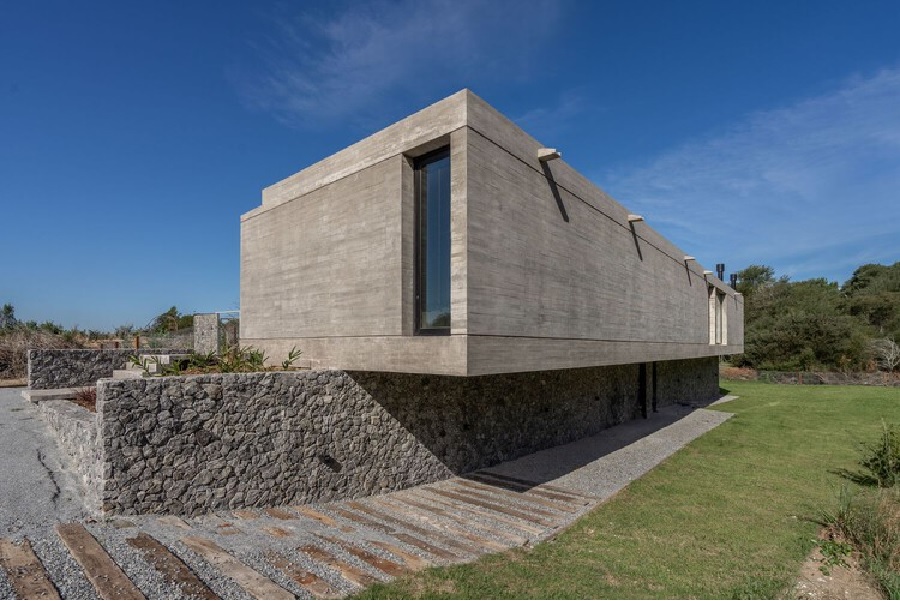
Natural Stone In Modern Spanish Architecture
The use of Natural Stone in Modern Spanish Architecture represents a powerful movement towards design that is both minimalist and deeply human. Across Spain, from the Balearic Islands to the coast of Andalusia, a new wave of architects is blending clean lines and open spaces with the raw, tactile beauty of materials from the earth. This is not simply a revival of tradition, but a sophisticated reinterpretation. It’s a choice that grounds contemporary structures in their landscape, creating homes that feel both innovative and timeless. This article explores the rising popularity of Natural Stone in Modern Spanish Architecture.
Bridging Eras: From Historical Foundations to Contemporary Visions
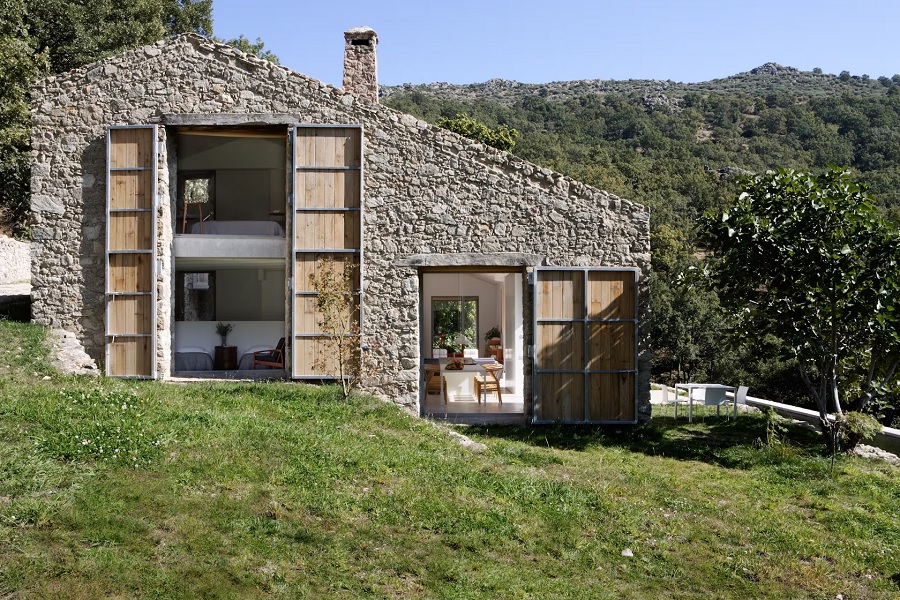
Spain's architectural history is inseparable from stone. The ancient castles, Romanesque churches, and grand plazas that define the nation were built to last from massive blocks of granite, limestone, and marble. While this historical use was often heavy and structural, today's architects are taking a different approach. They are celebrating stone not just for its strength, but for its inherent beauty, texture, and ability to evoke a sense of calm and permanence in a fast-paced world.
The modern application is more strategic and refined. Instead of massive, load-bearing walls, architects now use sleek stone slabs as cladding, flooring, and dramatic interior features. They are juxtaposing the ruggedness of stone with the smoothness of glass, steel, and concrete. This dialogue between the old and the new, the natural and the man-made, is a defining characteristic of contemporary Spanish design, making the use of Natural Stone in Modern Spanish Architecture a bridge between past and present.
The Core Appeal of Natural Stone in Modern Spanish Architecture
So, what is driving this resurgence? At its heart is a collective desire for authenticity. In an increasingly digital world, there is a growing appreciation for materials that are real, tactile, and imperfect. The unique veining of a marble slab or the porous texture of travertine offers a connection to the natural world that synthetic materials cannot replicate. This focus on "materiality" allows a minimalist space to feel warm and inviting rather than cold and sterile.
Sustainability is another critical factor. As clients and architects become more environmentally conscious, the appeal of natural stone grows. It is a durable, long-lasting material that does not require frequent replacement. Furthermore, by sourcing from Spain’s excellent local quarries, architects can significantly reduce the carbon footprint associated with transportation. This blend of sensory appeal and ecological responsibility is key to the trend of using Natural Stone in Modern Spanish Architecture.
Key reasons for its popularity include:
· Timeless Aesthetics: Its beauty does not follow fleeting trends and adds lasting value
· Tactile Quality: It adds texture and warmth to minimalist designs
· Durability and Longevity: It is a resilient material that can last for centuries
· Sustainable Choice: It is a natural, non-toxic material, especially when sourced locally
Innovative Exterior Applications: Facades and Landscapes
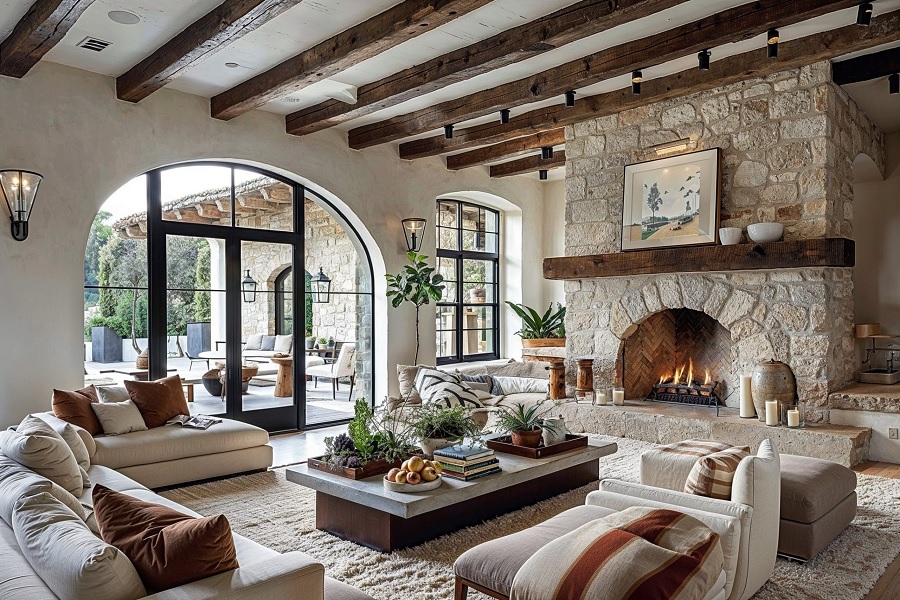
One of the most exciting uses of Natural Stone in Modern Spanish Architecture is on building exteriors. Architects are moving away from flat, uniform surfaces and embracing stone cladding to create dynamic facades that interact with the Spanish sunlight. The texture of split-face travertine or the subtle tones of limestone can create a beautiful play of light and shadow that changes throughout the day, giving the building a sense of life and movement.
This trend also extends to landscaping, where stone is used to create a seamless flow between indoor and outdoor living areas. A stone floor that continues from the living room out onto a terrace can erase the boundary between the home and its garden. This approach is perfectly suited to the Spanish lifestyle, creating expansive, unified spaces for relaxing and entertaining. The stone visually and physically connects the structure to its natural surroundings.
The Role of Natural Stone in Modern Spanish Architecture
Inside the home, natural stone is being used to create powerful and elegant focal points. Rather than being just a background material, it is often the star of the show. A monolithic kitchen island carved from a single block of marble becomes a functional sculpture. A floor-to-ceiling fireplace clad in dark slate adds drama and a grounding presence to a living room. In bathrooms, large-format stone slabs are used to create serene, spa-like environments with minimal grout lines.
This approach allows the inherent beauty of the stone to take center stage. The unique patterns and colors found in a slab of marble or quartzite are treated as works of art, framed by the clean lines of modern design. Using Natural Stone in Modern Spanish Architecture indoors is about making a deliberate statement—one of quiet luxury, natural artistry, and enduring quality.
Beyond Marble: Exploring a Diverse Palette of Stones
While marble remains a symbol of luxury, the modern movement embraces a wider variety of stones. This diversification allows for a richer and more nuanced design language. Travertine, with its warm, earthy tones and characteristic voids, is often used to bring a rustic yet sophisticated feel to a project. Limestone, prized for its soft, muted colors and subtle textures, is perfect for creating calm and serene atmospheres. For a more dramatic and contemporary edge, architects often turn to slate, with its deep, dark colors and layered texture. This broad palette is essential to the creative use of Natural Stone in Modern Spanish Architecture.
Key Design Trends for Natural Stone in Modern Spanish Architecture
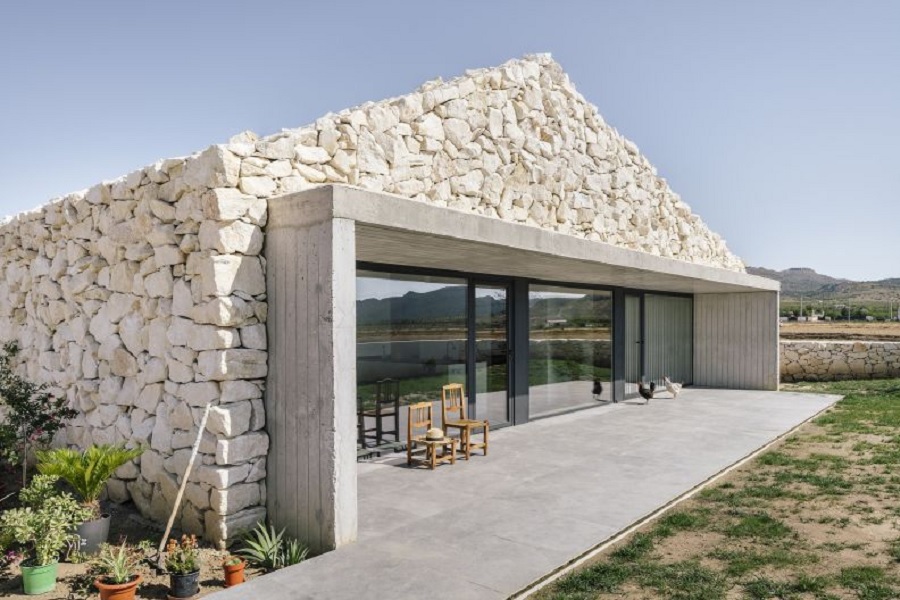
Contemporary architects are employing specific techniques to maximize the impact of stone. These trends focus on celebrating the material in its purest form and integrating it seamlessly into minimalist frameworks. Understanding these approaches is key to appreciating the sophisticated use of Natural Stone in Modern Spanish Architecture.
Current leading trends include:
· Large-Format Slabs: Using oversized slabs on floors and walls minimizes grout lines, creating a continuous, monolithic surface that feels expansive and luxurious
· Textured and Honed Finishes: There is a strong preference for matte, honed, or even rough, natural-cleft finishes over high-gloss polish, emphasizing the stone's tactile qualities
· Book-Matching: Slicing a block of stone and opening the two slabs like a book creates a stunning, symmetrical pattern, often used for dramatic feature walls
Realize Your Architectural Vision with FMA Marble
The rising use of natural stone in modern design is about creating architecture with soul. It’s about building spaces that are not only beautiful and functional but also deeply connected to their environment and the people who inhabit them.
While this trend embraces many stones, premium marble remains the pinnacle of luxury and artistic expression. At FMA Marble, we source the world's most exquisite marble, perfect for making a timeless statement in any modern project. Discover how our curated collection can provide the perfect stone for your architectural vision. Contact our specialists today.
Frequently Asked Questions
Isn't natural stone too traditional for modern architecture?
Not at all. Modern architects use stone for its clean lines and texture, often in large, minimalist formats that feel very contemporary and contrast beautifully with glass and metal.
What is the most sustainable type of natural stone?
Locally sourced stone is the most sustainable choice as it reduces transportation emissions. Spain has excellent quarries for marble, limestone, and slate, making them eco-friendly options.
Are raw, textured stone finishes difficult to maintain?
They require proper care, but it is straightforward. Sealing is key to prevent staining, and regular dusting or gentle cleaning with pH-neutral products keeps them looking their best.
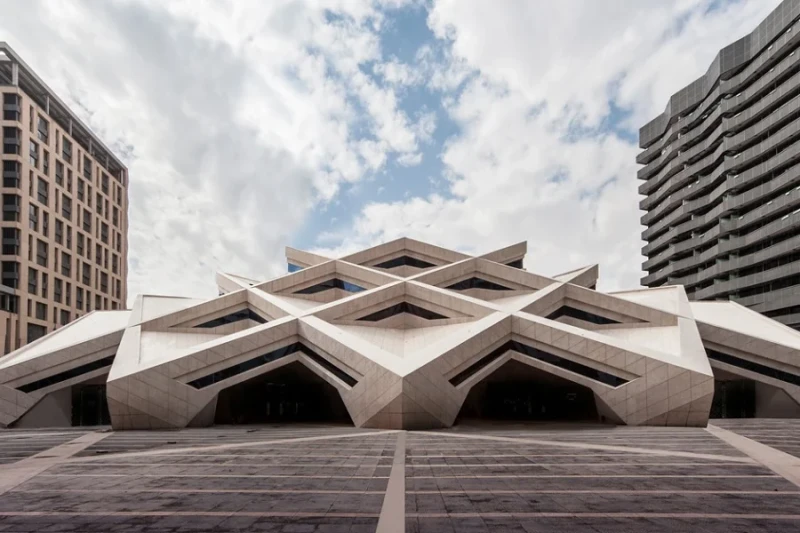
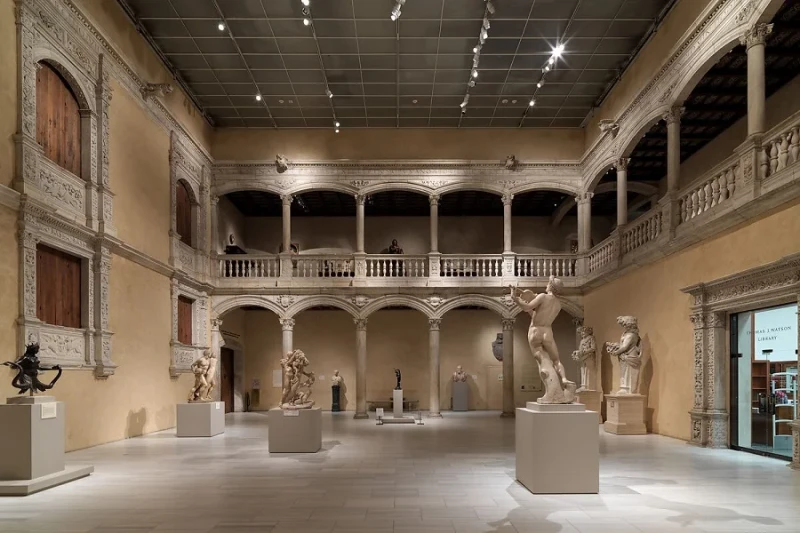
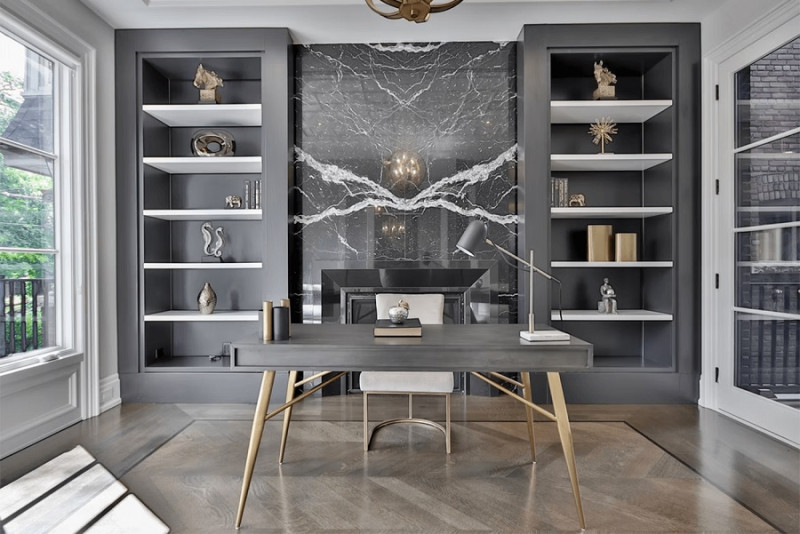
comments
No Comment YetLeave a Comment